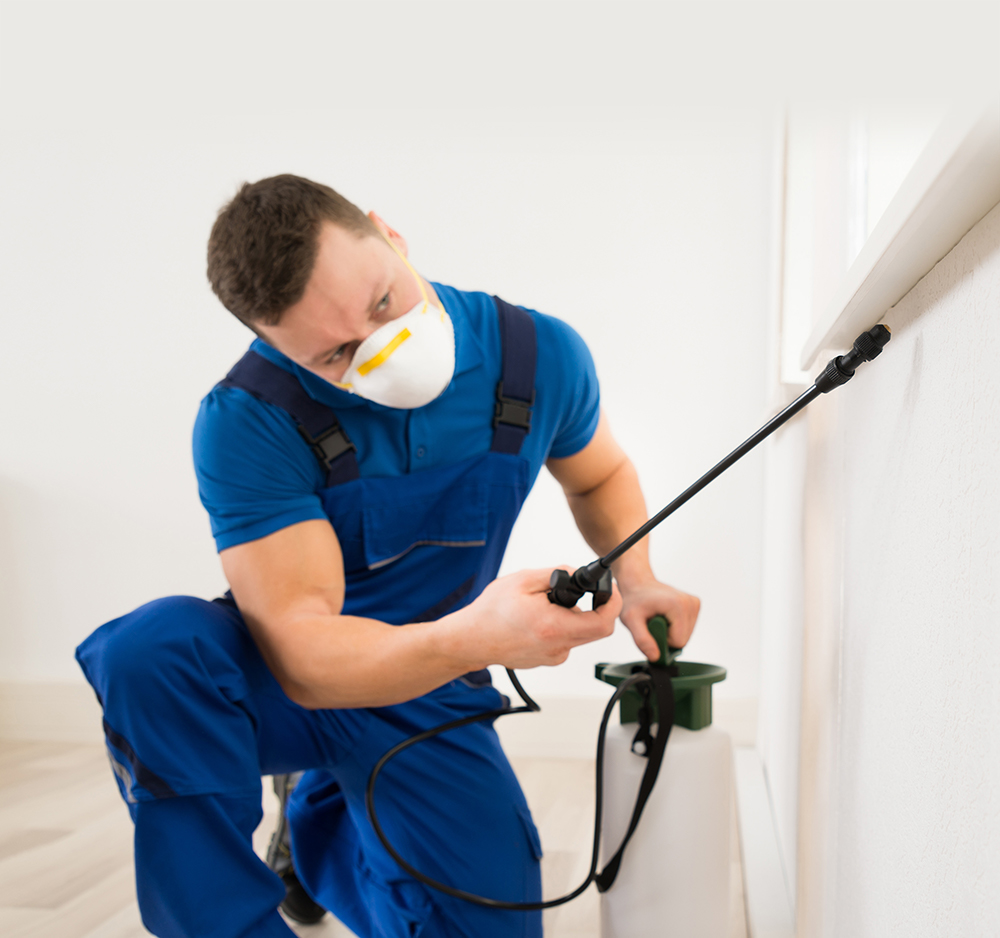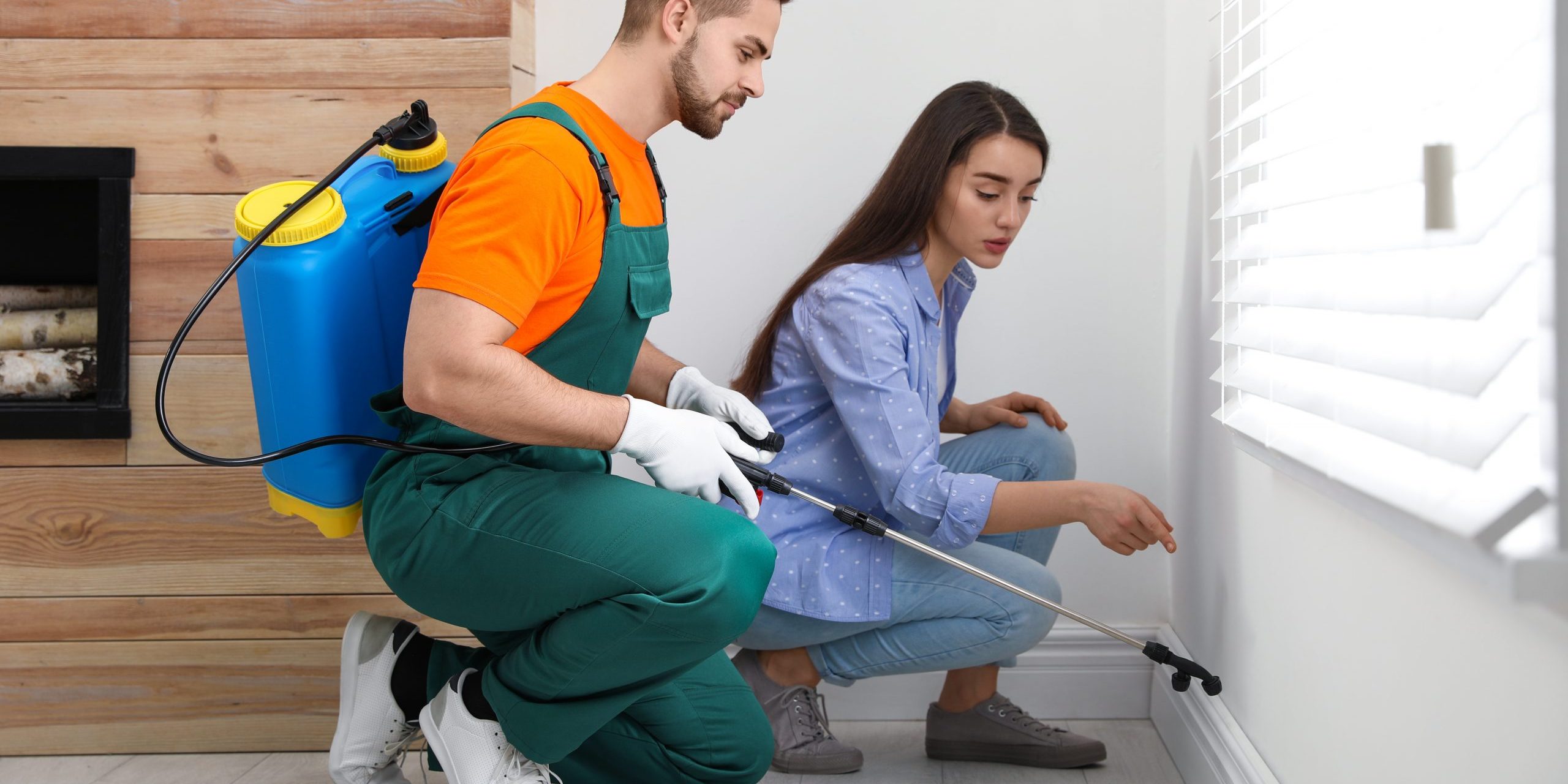Professional Bug Control Techniques for Long-Term Results
In the realm of parasite control, accomplishing continual effectiveness and long-term outcomes needs a meticulous strategy that transcends plain extermination. Professional bug control techniques envelop an extensive strategy that starts with an extensive inspection and evaluation, adhered to by accurate parasite recognition to understand their behavior patterns. The execution of Integrated Parasite Administration (IPM) principles, paired with eco-conscious treatments, develops the cornerstone of sustainable parasite removal. Nonetheless, real test exists in the continuous monitoring and maintenance of the dealt with locations, guaranteeing a pest-free atmosphere for the direct future. By delving into the ins and outs of these strategies, a deeper understanding of professional insect control approaches for sustaining end results emerges.
Assessment and Assessment
Upon getting in a property for parasite control services, the first action is a thorough inspection and evaluation to recognize the level of the invasion and establish one of the most reliable treatment plan. Professional bug control professionals are educated to thoroughly analyze the premises, trying to find signs of bug task such as droppings, chomp marks, nests, or any type of structural damages. They will likewise analyze the problems that may be attracting parasites, such as food sources, water leaks, or access points.

Insect Recognition and Actions

In addition, comprehending the habits of the recognized insect is crucial to implementing efficient control steps. Recognizing where parasites nest, what they feed on, and their activity patterns can aid pest control professionals design techniques to remove them efficiently.
Integrated Bug Management (IPM)
Integrated Bug Management (IPM) methods combine numerous strategies to control and avoid pest invasions in a lasting and eco-friendly manner. bed bug exterminator. By integrating techniques such as organic control, habitat control, alteration of cultural practices, and making use of immune varieties, IPM aims to reduce using chemical pesticides
Among the essential concepts of IPM is the focus on avoidance. This proactive method includes surveillance pest populations routinely to spot any type of possible concerns prior to they rise. By identifying pest problems early, pest control procedures can be executed swiftly and properly.
In addition, IPM advertises making use of non-toxic pest control methods whenever possible. This can consist of employing all-natural killers of the pests, introducing useful bugs, or utilizing pheromones to interrupt mating patterns. By lowering reliance on chemical pesticides, IPM not just shields the setting yet additionally aids keep an equilibrium in the community.
Environmentally-Friendly Treatments
Carrying out eco-conscious techniques in insect control procedures can effectively resolve problems while focusing on environmental sustainability. Environmentally-friendly treatments focus on minimizing the impact of parasite control techniques on environments, non-target organisms, and human health. These approaches usually include using natural killers, such as ladybugs or nematodes, to manage pest populations, lowering the requirement for chemical interventions. In addition, methods like environment adjustment, such as changing dampness degrees or removing food resources, can assist deter bugs without making use of hazardous substances.
Another trick aspect of environmentally-friendly therapies is the use of natural and biodegradable products that damage down quickly without leaving dangerous residues in the atmosphere. Agricultural insecticides originated from plants like chrysanthemums or neem offer efficient bug control while posturing very little risk to non-target types. In addition, employing approaches like heat therapies or scent catches can target particular pests with accuracy, reducing the overall environmental influence of insect control techniques.
Recurring Monitoring and Maintenance
Routine evaluations by trained specialists are needed to identify any indications of insect task, examine the effectiveness of previous treatments, and make changes to about his the bug control plan as required. By keeping track of pest populaces over time, click now pest control specialists can track patterns, prepare for possible problems, and implement precautionary measures to lessen the risk of future problems.
In addition to tracking, upkeep techniques are vital for long-lasting bug control success. This consists of implementing appropriate cleanliness actions to remove possible food and water resources for pests, sealing off entrance factors to stop parasites from entering the premises, and dealing with any type of architectural issues that might assist in pest infestations (bed bug exterminator). By integrating recurring surveillance and maintenance right into an incorporated parasite monitoring approach, organizations can ensure a pest-free environment and guard their official site building versus pricey damages and health and wellness dangers
Final Thought
To conclude, utilizing professional pest control strategies such as comprehensive examination and analysis, accurate pest identification and understanding of their behavior, incorporated bug administration strategies, environmentally-friendly therapies, and recurring tracking and maintenance are important for achieving lasting lead to insect control. By implementing these approaches, people can effectively handle parasite problems and keep a pest-free atmosphere in a sustainable fashion.